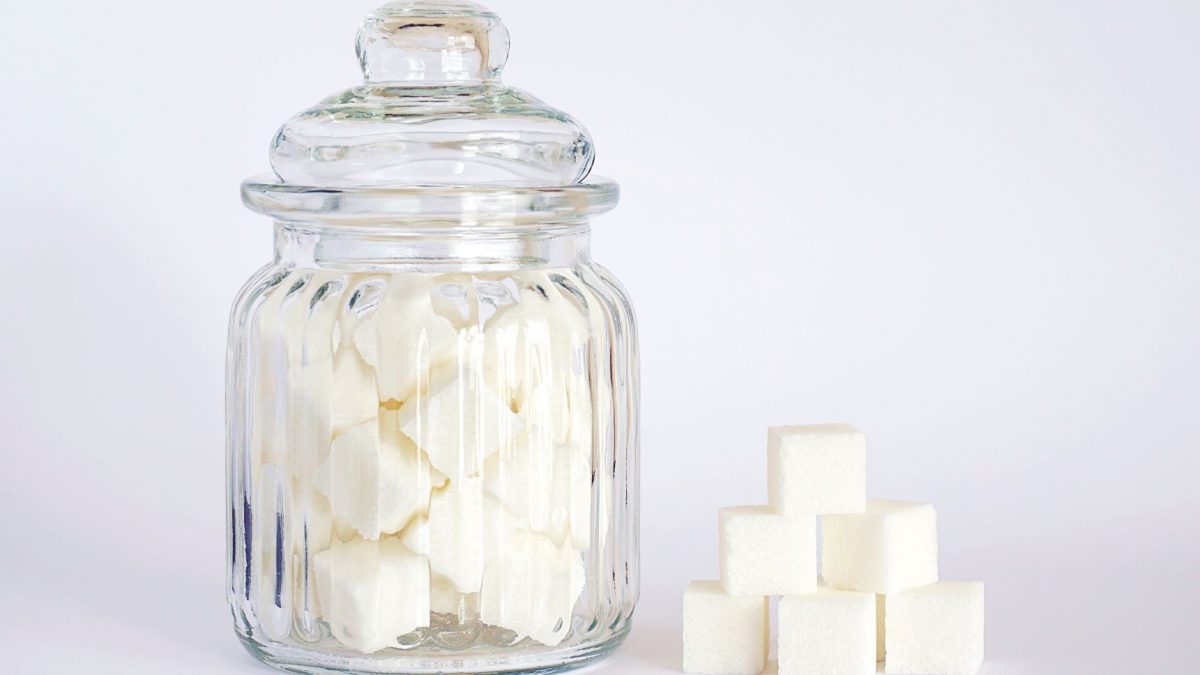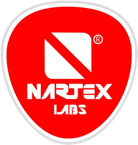Stevia, the natural sweetener option
Stevia, the natural sweetener option

Stevia as a sweetener has had its peak in recent years as it has a natural connotation as the leaves of the plant originate. Several ways of consuming it have been developed, however, the most common is in sachets.
The stevia leaf contains many chemical compounds, including chlorophyll, which gives the leaf the green color, steviol glycosides, which are the compounds that produce sweetness, and others.
Some agencies responsible for verifying food safety, such as the FDA (Food and Drug Administration) do not recognize the stevia leaf as a safe food, while the purified compound does recognize it as safe. It may seem illogical that the leaf is not safe for consumption, but in reality, being a natural compound the leaves have saponins, which affect the cell membranes of our body, and oxalic acid, which can affect the assimilation and absorption of minerals such as calcium. and magnesium With prolonged consumption, stevia leaf can do us more harm than we might think, so purification is essential for the industry to market it.
The FDA established that purification be at least 95%, where the major components are steviol glycosides. These molecules have a sweetness so high that with very little product is enough to sweeten with the same intensity as table sugar. The difference is that stevia as such does not provide calories or increase blood sugar levels.
Unlike artificial sweeteners such as sucralose, aspartame or saccharin, the base of this sweetener remains natural despite carrying out a purification process.
In order to replace the calories from refined sugars, some products have begun to incorporate this sweetener into their formulations, look for the seal or look in the list of ingredients if the foods you currently consume contain it.
Written by:
Alejandra Cantú
Food Engineer
As a result, the medical information provided in the site which you are going to visit may not be appropriate for product use in your country.
